Are you concerned about the unintended catch of marine species while fishing? In fact, bycatch accounts for nearly 40% of the global seafood catch, affecting the balance of marine ecosystems. In this article, I will explore innovative gear designed to minimize bycatch, emerging technology for monitoring catch, and community practices that support sustainable fishing. By understanding these solutions, you'll learn how to enhance your fishing recreation while protecting marine life, all with the help of high-quality gear from Rising Fishing’s lineup of fishing accessories and apparel.
Understanding Bycatch and Its Impact on Marine Ecosystems
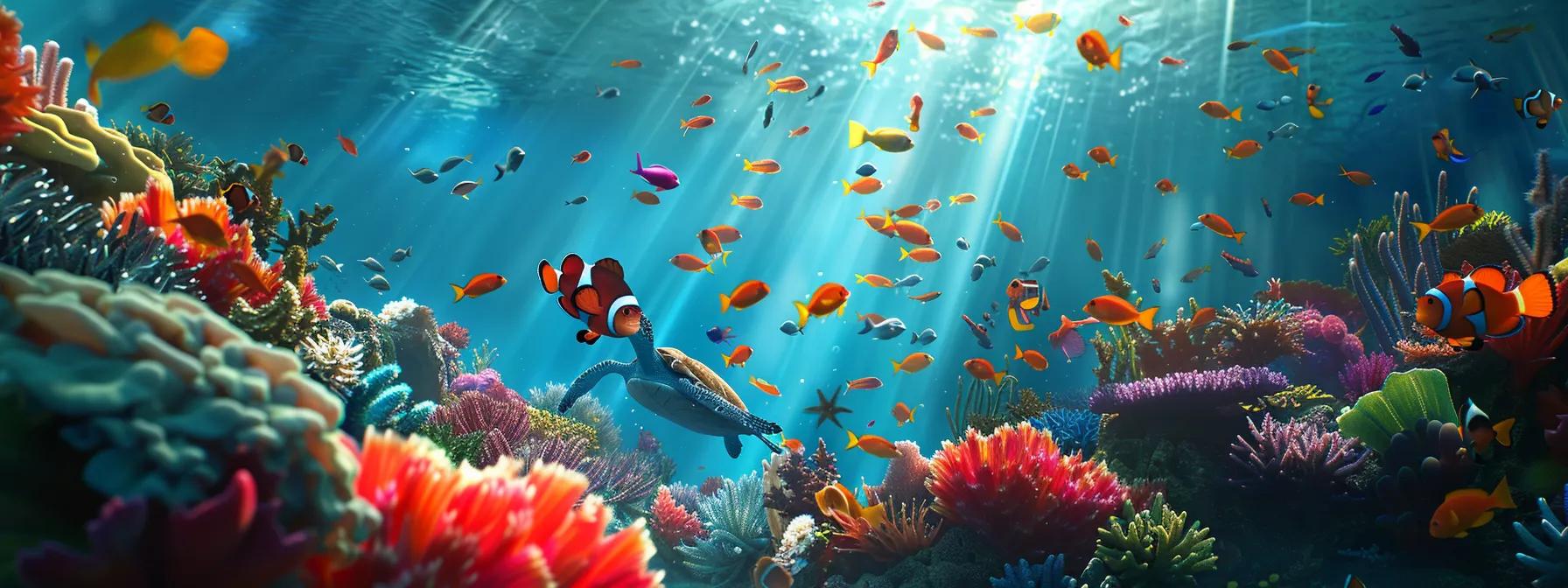
Bycatch represents the unintended capture of non-target species in fishing gear, including fishing accessories, and it significantly affects marine ecosystems. As a passionate fisherman engaged in fishing recreation, I understand the importance of sustainable fisheries and the critical role they play in maintaining the balance of marine wildlife. Bycatch not only includes fish but also vital species like sea turtles, dolphins, and seabirds, disrupting their populations and habitats.
Reducing bycatch is vital for the health of our oceans and the preservation of marine biodiversity. Each year, millions of sea turtles and other marine animals are inadvertently caught in fishing nets, leading to alarming declines in their numbers. This unintended catch poses a serious threat to the sustainability of our fisheries and fishing recreation, and harms the overall health of marine ecosystems as rising fishing activities continue to grow.
Innovative gear and fishing accessories designed to minimize bycatch can help protect these species while still allowing fishermen to pursue their livelihoods. By adopting advanced techniques and equipment, we can contribute to the creation of sustainable fisheries that respect both the ocean’s wildlife and the needs of those involved in fishing recreation. I'm excited about the developments in this area, as they bridge the gap between responsible fishing practices and effective wildlife conservation.
Bycatch threatens the delicate balance of our seas. It is time to look at the tools we can use to protect what we cherish, with innovative fishing gear that safeguards marine life.
Innovative Fishing Gear Designed to Minimize Bycatch
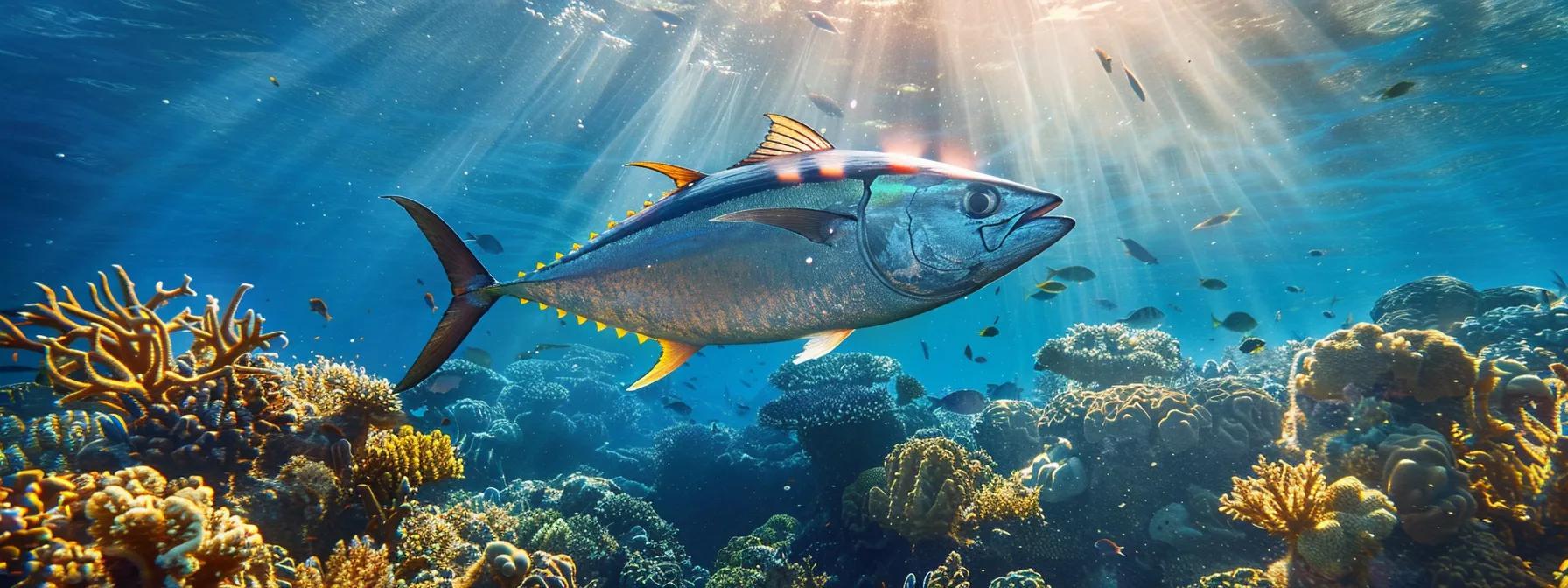
Innovative Fishing Gear Designed to Minimize Bycatch
In the fishing industry, utilizing selective gear and fishing accessories plays a vital role in capturing target species like tuna while protecting the habitat of non-target species. I'm excited to explore new materials and construction techniques, including apparel and accessories, that promote sustainability, benefiting both aquaculture and the Pacific Ocean's ecosystems. Each method enhances our commitment to responsible fishing practices.
The Role of Selective Gear in Target Species Capture
Selective gear plays a crucial role in reducing the risk of capturing non-target species during fishing. As a fisherman, I've seen firsthand how employing specialized nets and traps—developed with the help of scientists—can enhance conservation efforts while effectively targeting species like tuna. By aligning these practices with guidelines from the Food and Agriculture Organization, we not only support sustainable fishing but also contribute to the preservation of marine ecosystems.
New Materials and Construction Techniques Promoting Sustainability
As a dedicated angler, I’m thrilled to see the introduction of new materials and construction techniques that enhance sustainability in fishing. In my experience, using biodegradable nets in longline fishing significantly reduces the potential hazard to sea turtles and other non-target species. An ongoing evaluation of these materials ensures they meet performance standards while minimizing bycatch during operations conducted by fishing vessels, especially in shrimp fisheries.
- Biodegradable nets help in reducing bycatch.
- Longline fishing techniques are evolving for better species protection.
- Evaluation of new materials informs sustainable practices.
- Fishing vessels are adapting to innovative construction methods.
- Better materials enhance safety for sea turtles and other marine life.
As we create gear to reduce unwanted catches, new tools are also revealing how we can better track them. With emerging technology, the game of fishing becomes clearer, offering solutions that we can trust.
Emerging Technology in Monitoring and Reporting Bycatch
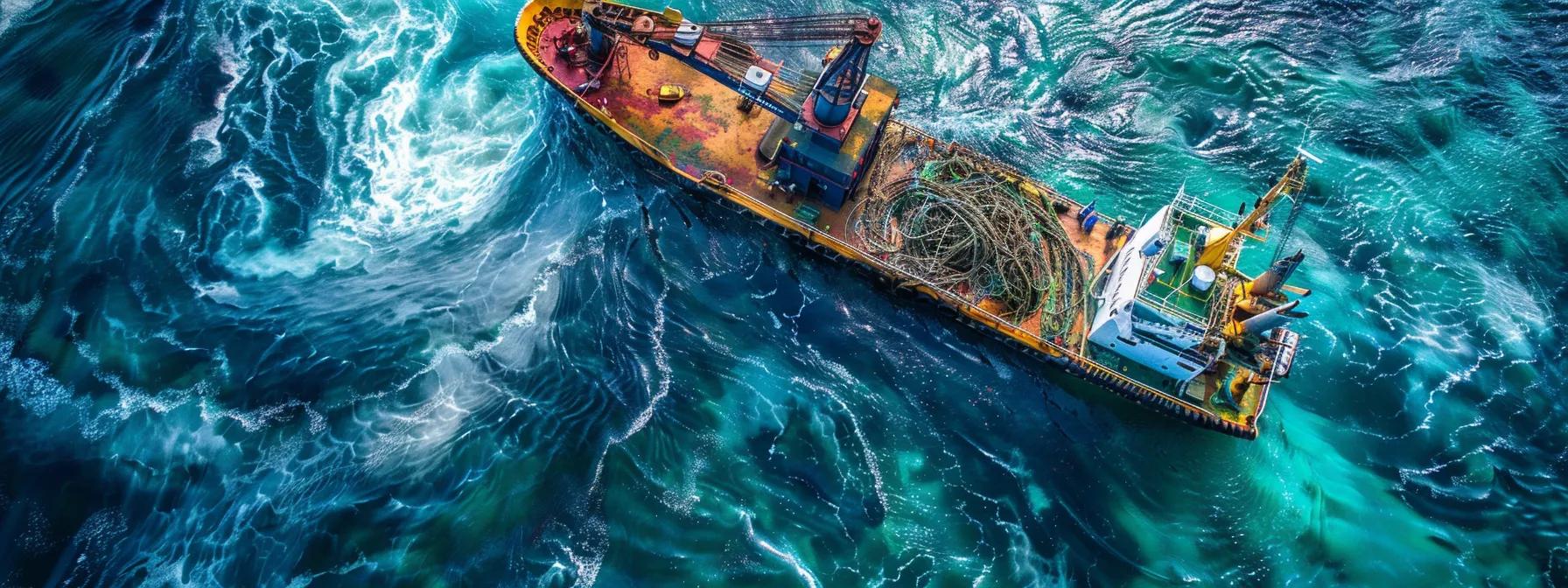
Emerging technologies are transforming how we approach bycatch monitoring and reporting, ensuring protection for vulnerable species. I’m eager to discuss the role of Artificial Intelligence in providing real-time bycatch data and how satellite and drone technologies are enhancing fishery management. These advancements, especially in the context of purse seine operations monitored by the National Marine Fisheries Service, support research efforts to safeguard marine mammals and their habitats.
Using Artificial Intelligence for Real-Time Bycatch Data
Incorporating artificial intelligence into bycatch monitoring holds immense potential for enhancing conservation efforts within commercial fishing. With real-time data collection, we can gain insights into bycatch rates, particularly for sensitive species like swordfish in the Atlantic Ocean. This technology not only streamlines tracking throughout the supply chain but also plays a pivotal role in informing strategies that promote both sustainable practices and biodiversity protection in our oceans.
- Real-time data helps monitor bycatch rates effectively.
- AI streamlines tracking for better supply chain management.
- Insights benefit conservation biology efforts.
- Focus on sensitive species like swordfish in the Atlantic Ocean.
- Support sustainable fishing practices and biodiversity protection.
Satellite and Drone Technologies in Fishery Management
Utilizing satellite and drone technologies in fishery management provides a robust approach to monitoring bycatch and preserving marine ecosystems. As a dedicated fisherman, I have seen how these advanced tools allow us to track fishing activities and their impact on vulnerable species, including marine mammals often affected by trawling practices. In places like Oregon, these innovations are critical in combating overfishing by providing real-time data that helps us make informed decisions to protect our ocean resources.
- Technology helps monitor fishing activities effectively.
- Real-time data assists in protecting vulnerable marine species.
- Solutions support sustainable fishing practices.
- Innovation plays a role in combating overfishing.
- Oregon exemplifies the use of modern technology in fisheries management.
As technology evolves, so too does our fight against bycatch. Now, let’s turn our attention to the grassroots efforts that communities are making to protect our oceans.
Community-Based Practices for Reducing Bycatch
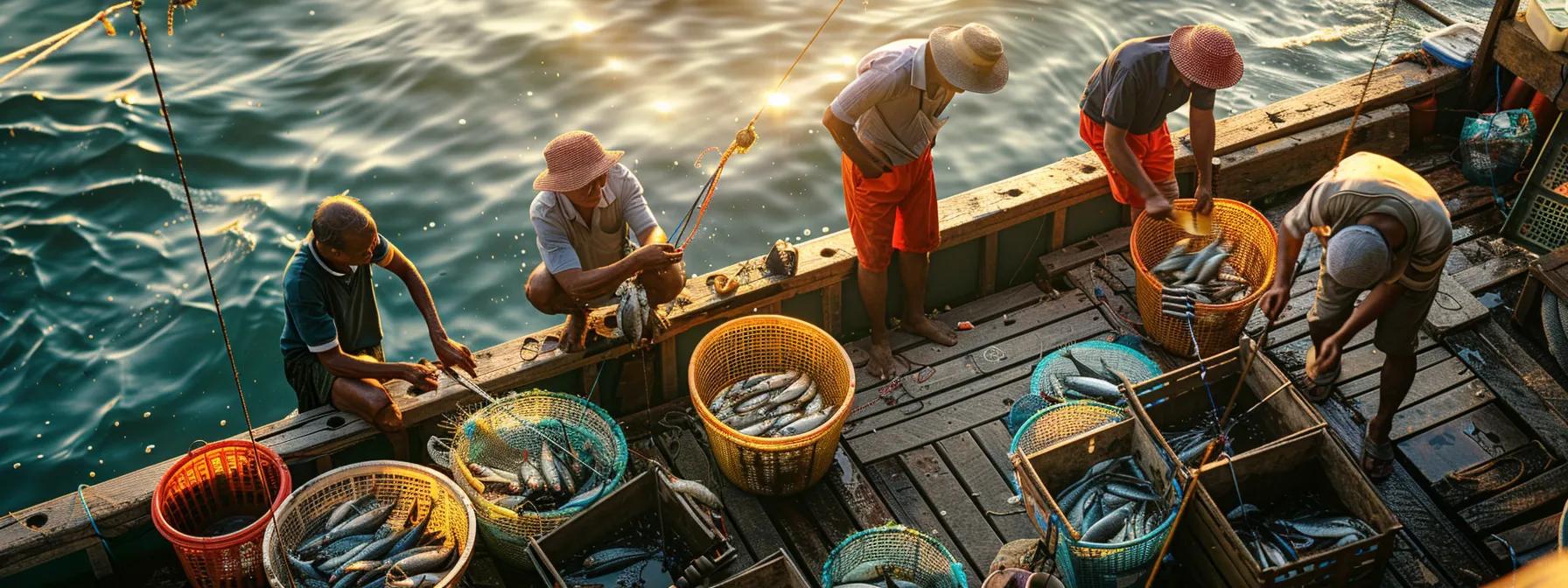
Engaging local fishers in sustainable solutions is key to reducing bycatch and protecting threatened and endangered species. I’ve witnessed how collaborative programs can implement best practices in fisheries management, helping to safeguard seabird populations and other vulnerable marine life. Each initiative enhances our collective efforts toward sustainable fishing while promoting effective conservation strategies.
Engaging Local Fishers in Sustainable Solutions
Engaging local fishers in sustainable solutions is essential for improving fishing techniques and reducing bycatch in our fisheries. By involving those who know their waters best, we can develop more effective strategies that align with ecological balances and support the health of marine life, including majestic species like whales. Collaborative initiatives can foster shared knowledge, leading to improved practices that benefit both the fishing community and the environment:
- Collaborative efforts create more effective fishing techniques.
- Local fishers contribute valuable insights into ecology.
- Engagement promotes sustainable practices enhancing fishery health.
- Active involvement supports the protection of vulnerable species, such as whales.
- Supportive community initiatives lead to informed decision-making.
Implementing Best Practices Through Collaborative Programs
Implementing best practices through collaborative programs is crucial to tackling bycatch challenges and promoting sustainability in our fisheries. I’ve seen firsthand how pooling knowledge among local fishers, researchers, and conservationists leads to innovative strategies that reduce bycatch while preserving marine ecosystems. By sharing insights rooted in fisheries science, we can unite efforts that improve fishing techniques, ensuring that we protect vulnerable species while maintaining our livelihoods.
The strong bonds formed within communities make a difference in reducing bycatch. Yet, for lasting change, solid policies must support these efforts and guide our actions moving forward.
Policy and Regulatory Frameworks Supporting Bycatch Reduction
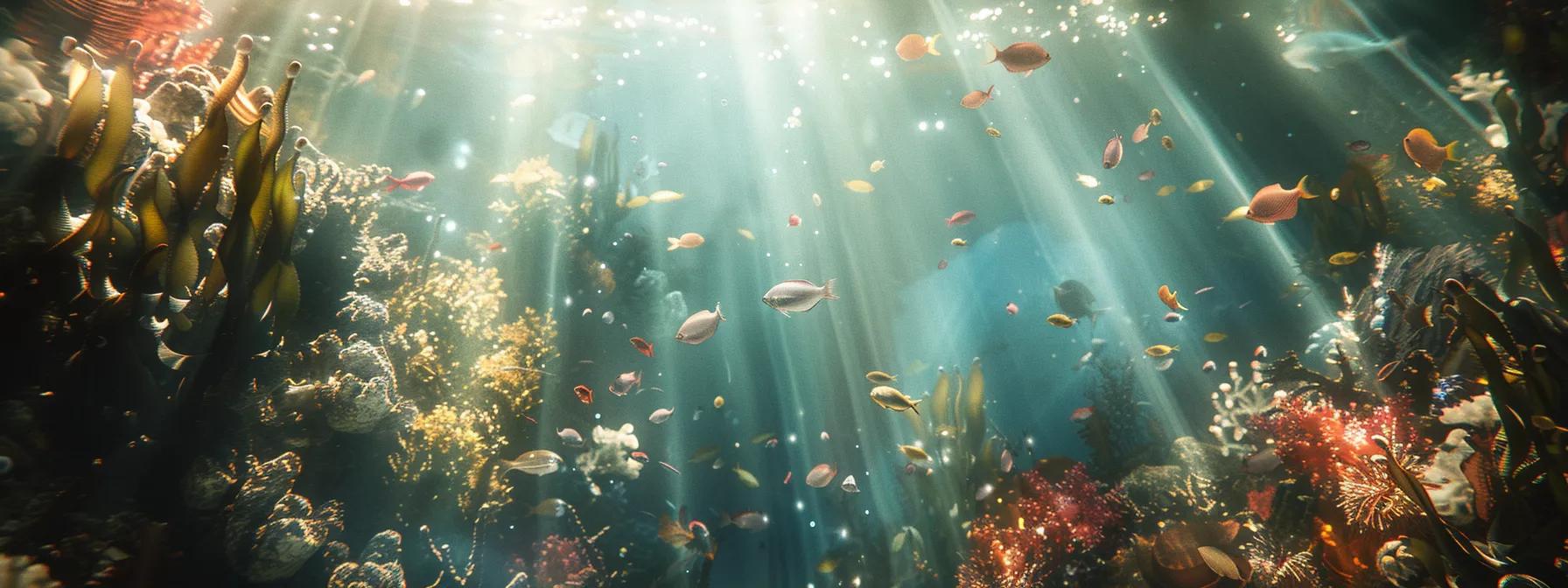
Understanding and evaluating the effectiveness of existing regulations is crucial for achieving significant bycatch reduction. I advocate for establishing global standards in sustainable fishing practices, as this will provide a unified approach to protecting marine life. In the following sections, we will delve into how these frameworks impact current initiatives and explore the need for continuous improvement in bycatch management.
Evaluating the Effectiveness of Existing Regulations
Evaluating the effectiveness of existing regulations on bycatch reduction reveals both challenges and opportunities in promoting sustainable fishing practices. From my perspective as an avid fisherman, I've observed that while some regulations have made strides in decreasing bycatch rates, inconsistencies in enforcement and compliance hinder broader success. It's vital for stakeholders, including fishers and policymakers, to collaborate on developing clear and enforceable guidelines that ensure responsible fishing and protect vulnerable marine species.
- Regulations play a key role in minimizing bycatch.
- Collaboration among stakeholders is essential for effective enforcement.
- Clear guidelines improve compliance and sustainability.
- Opportunities remain to enhance existing policies for better outcomes.
- Successful bycatch reduction benefits both fisheries and marine ecosystems.
Advocating for Global Standards in Sustainable Fishing
Advocating for global standards in sustainable fishing is essential for unifying efforts to reduce bycatch and protect marine ecosystems. From my experience, having consistent regulations across nations not only simplifies compliance for fishermen but also establishes a shared commitment to responsible practices. Effective policies can drive the adoption of innovative gear designed to minimize bycatch, ultimately benefiting both the environment and fishing communities:
- Global standards bring coherence to sustainable fishing regulations.
- Consistent rules enhance compliance among fishermen.
- Policies promote the use of innovative gear to reduce bycatch.
- Shared commitment boosts environmental protection efforts.
- Effective regulations support the health of marine ecosystems.
The frameworks set a path, guiding us toward a future where bycatch is minimized. As we look ahead, new strategies invite us to shape a more sustainable way forward.
Future Directions in Bycatch Reduction Strategies
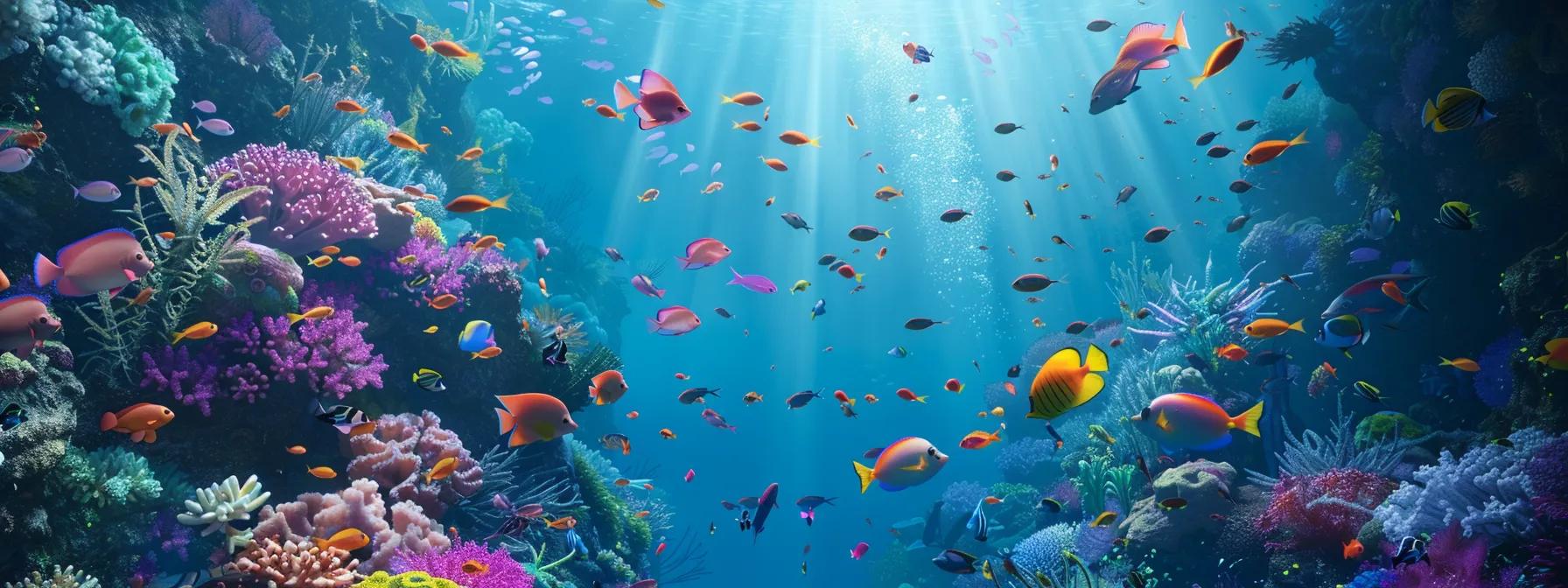
In this section, I’ll focus on incorporating ecosystem-based approaches within fishing practices to enhance sustainability. We will also explore innovative research and development initiatives driving advancements in fishery science. Each topic highlights valuable strategies that foster responsible fishing, paving the way for effective bycatch reduction and improved marine ecosystem health.
Incorporating Ecosystem-Based Approaches in Fishing Practices
Incorporating ecosystem-based approaches in fishing practices has become a cornerstone of sustainable fishing. I've seen firsthand how these strategies consider the entire marine environment, ensuring that fishing activities do not negatively impact non-target species or their habitats. By focusing on the balance within ecosystems, we can develop practices that maintain fish populations while protecting marine biodiversity, ultimately leading to healthier oceans for future generations.
Innovative Research and Development Initiatives in Fishery Science
Innovative research and development initiatives in fishery science are crucial for addressing bycatch challenges effectively. I've witnessed how collaboration between scientists and fishermen leads to the creation of smarter gear that not only targets specific species but also reduces the capture of non-target species. For instance, new designs in nets and traps are being developed with input from anglers like us, ensuring they meet our needs while promoting a sustainable approach to fishing.
Conclusion
Innovative gear plays a critical role in minimizing bycatch and ensuring sustainable fishing practices. By incorporating specialized techniques and materials, we can significantly reduce the capture of non-target species, preserving marine ecosystems for future generations. Engaging local fishers and utilizing advanced technology further enhance our efforts, leading to informed decision-making and effective conservation strategies. Embracing these innovations not only protects vulnerable species but also supports the livelihoods of fishermen committed to responsible practices.


